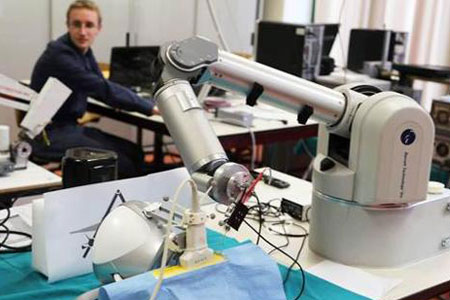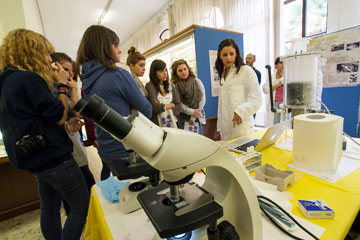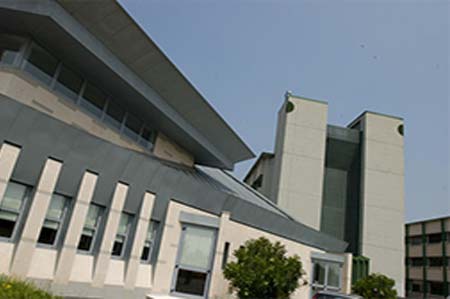Title: Optimal Transport and applications to Machine Learning
Instructor: Marcello Carioni (University of Twente, NL)
TIMETABLE: 07-11/11/2022
Mon 13:30-15:30 aula M CV2
Tue 10:30-12:30 seminar room II floor CV2
Wed 11,30-13,30 seminar room II floor CV2
Thu 13,30-15,30 aula G CV2
Abstract:
Optimal Transport (OT) is a mathematical theory introduced by Gaspard Monge in 1781 to
study the optimal allocations of resources and goods.
Its original formulation, called Monge formulation, aims at nding the best way to transport
a probability distribution in P(R^n) to another in P(R^n) by minimizing the transport value
computed with respect to a given cost c. Mathematically, this consists in
finding the the map T : R^n-->R^n that minimizes the cost value in order to produce the
cheapest way to move mass from the first measure to the second measure . Such formulation allows
for great flexibility since it includes both discrete, semi-discrete and continuous formulations.
Moreover, the cost c can be chosen to enforce desired properties, such as constraining the
transport to specific regions of the domain or favouring concentration of mass.
Due to its flexibility and mathematical rigour, in the 20th century, signicant theoretical
advancements were made and the discipline gained relevance and found noteworthy applica-
tions in fields such as economics, urban planning, image processing and biology. Even more
notably, in the last ten years, optimal transport approaches have been used to solve machine
learning tasks and to design better data-driven algorithms. This is not surprising at all: an
important part of modern machine learning methods relies on estimating the distance between
data distributions in a fast and accurate way, and Optimal Transport
provides a natural way to compare probability distributions, by looking at how expensive is
to transport one to the other one. This observation, together with recent algorithms able to
compute optimal transports incredibly fast, has made OT approaches of central importance
in the construction of new generative models, in the resolution of inverse problems and in the
enhancement of robustness for neural networks. In this series of lectures, we plan to cover
the following topics:
We start with a basic introduction of Optimal Transport, outlining its classical formu-
lations and necessary results we need for the remaining part of the course.
We discuss the entropic regularization of optimal transport and present the Sinkhorn
algorithm, able to compute the (regularized) solution to an optimal transport problem
effciently.
We talk about the connections between OT and Machine Learning. We focus on ad-
versarial generative models based on Optimal Transport (WGAN, WAE) and, if time
permits, we discuss how to use optimal transport approaches to solve inverse problems.
References:
Filippo Santambrogio, Optimal Transport for Applied Mathematicians
Gabriel Peyré and Marco Cuturi, Computational Optimal Transport https://arxiv.org/
abs/1803.00567







